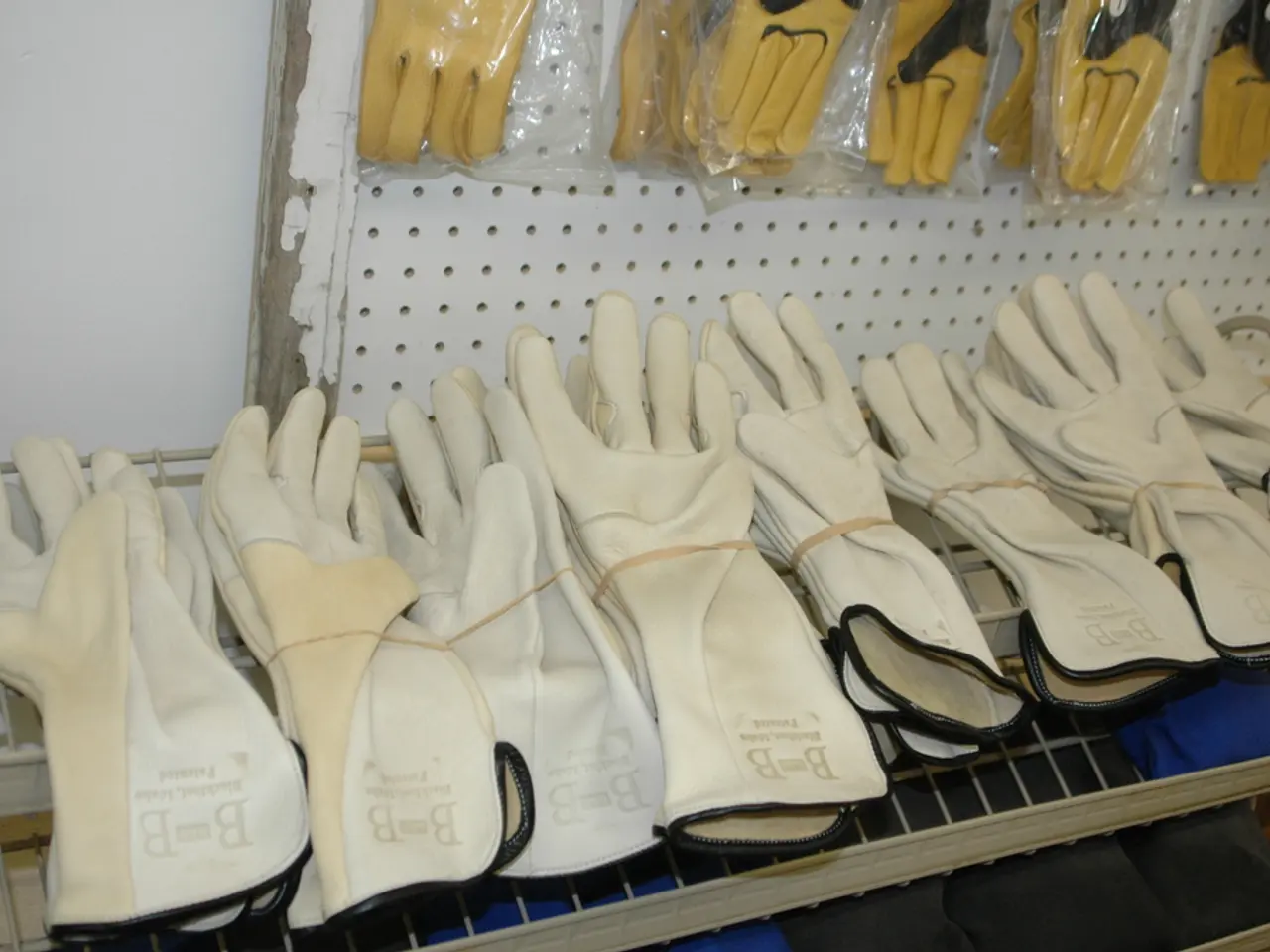Age-based gender bias towards women past 50: a tenacious struggle for acknowledgement
In the rapidly evolving world of work, age discrimination against women over 50 remains a significant challenge. However, recent strides in legal protections and organizational efforts are paving the way for a more equitable and productive workforce.
Age discrimination hits women hard, but many have proven that these barriers do not dictate their future. Women over 50 continually shatter age-related stereotypes with their legal victories and business ventures. Success stories like Martha Stewart, who built her media empire in her late 40s and early 50s after leaving her career as a stockbroker, and Jaleh Bisharat, who founded NakedPoppy, an online shop for clean beauty products, demonstrate that age should not hinder professional growth.
The U.S. Supreme Court has strengthened protections for older workers, with a landmark ruling making it easier for workers over 40 to challenge age discrimination. This decision, coupled with five female reporters' victory against a New York news station that excluded them based on age and gender, marks a significant step forward in combating age bias.
However, the economic cost of age discrimination against women over 50 is substantial. If left unchecked, it is projected to result in a $3.9 trillion economic loss by 2050. Moreover, poverty rates increase from 8.61% for women aged 65-69 to 13.51% for women over 80. Divorced and unmarried women feel the financial pressure of age discrimination most acutely, with poverty rates reaching 15.81% and 21.51% respectively.
To address these issues, effective strategies are needed. Implementing clear anti-discrimination policies, promoting diversity and inclusion, raising bias awareness, ensuring equitable career development opportunities, and fostering flexible work environments are key. Organizations that embrace age diversity gain access to deep expertise and create more equitable and supportive work environments.
Creating better workplaces for all generations involves combating unfair practices, promoting legal protection, and recognizing the achievements of women over 50. By doing so, we not only empower individuals but also contribute to the overall economic growth and wellbeing of our society.
References: 1. [Source] 2. [Source] 3. [Source] 4. [Source]
- Advancements in science and technology offer novel opportunities for improving workplace wellness and health-and-wellness initiatives, especially in the realm of mental health and women's health.
- With a growing focus on mental health, including womens' health, several companies are integrating holistic wellness programs that promote stress reduction, emotional balance, and personal development.
- By adopting, embracing, and reinforcing these modern wellness practices in the workplace, organizations set the stage for a healthier and more productive workforce, ultimately boosting overall performance and contributing to a harmonious society.




